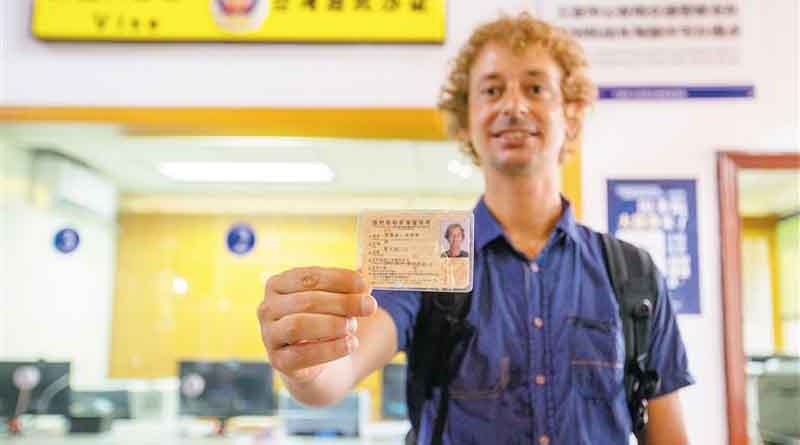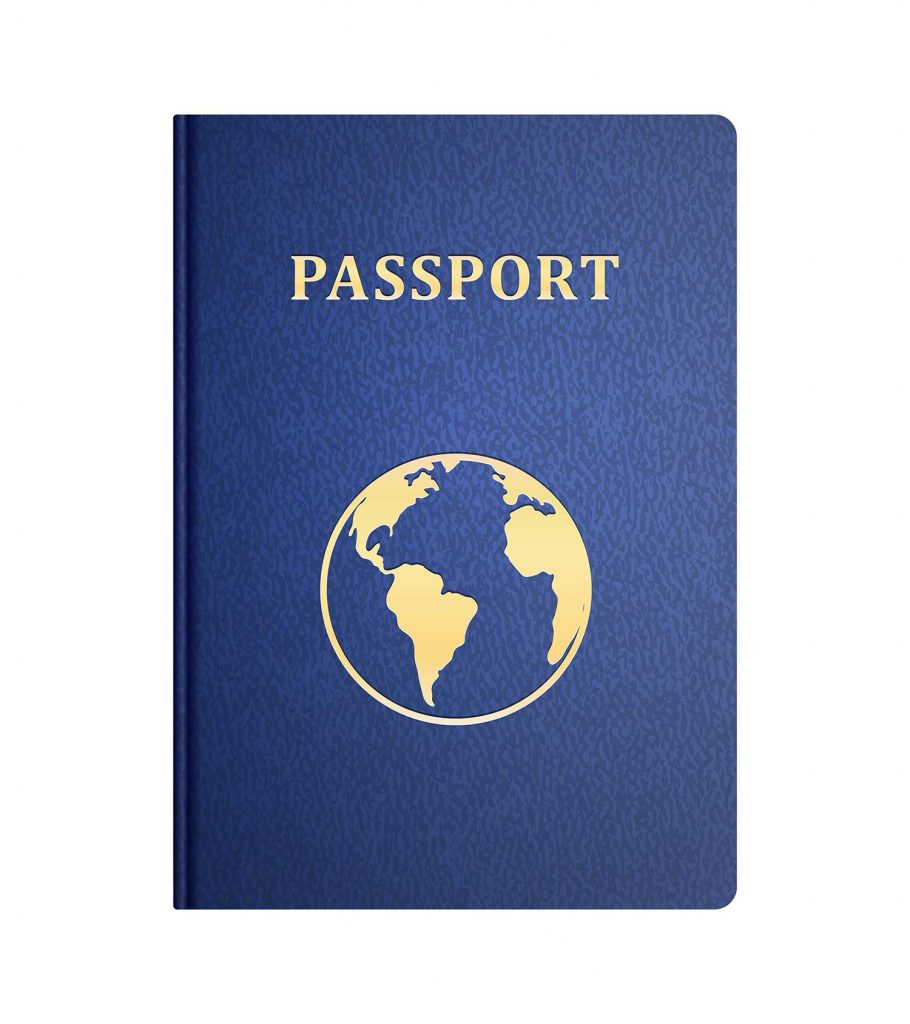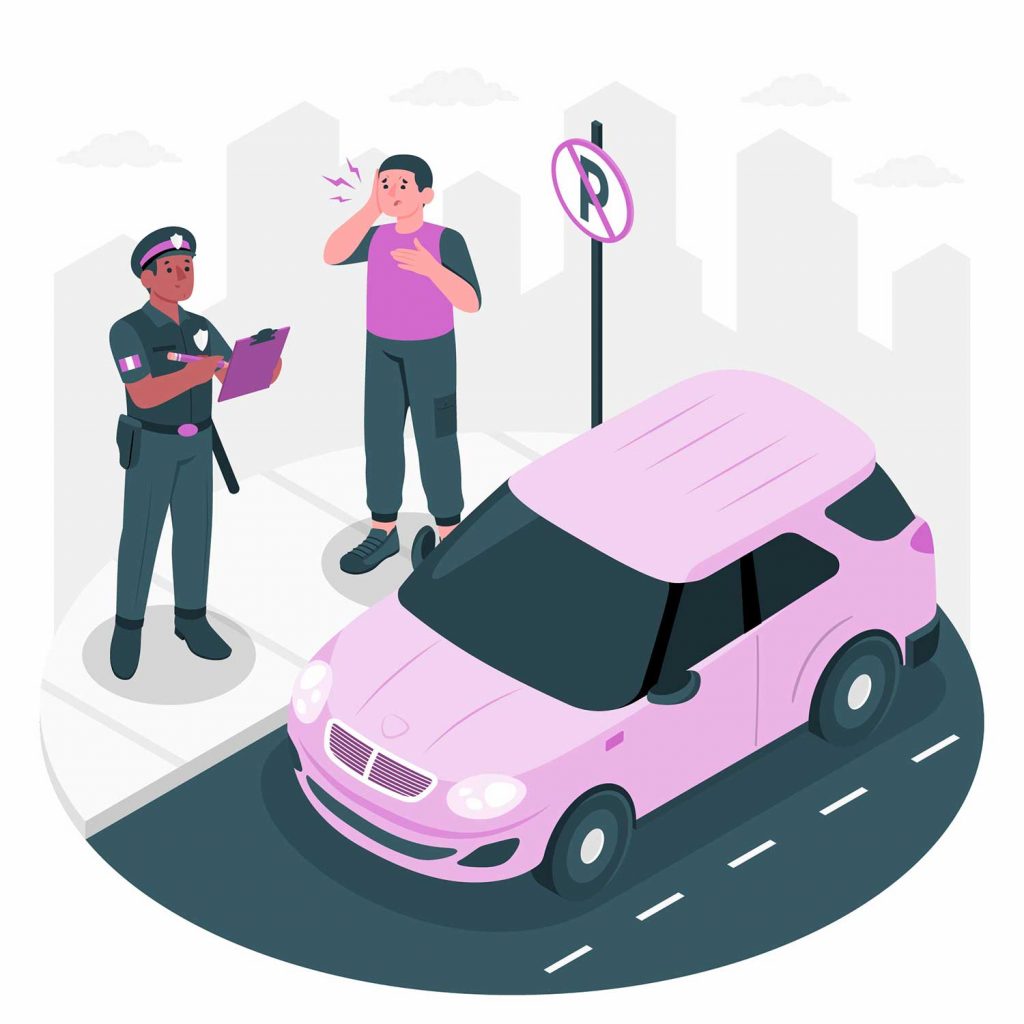For many expats in Haikou, getting a tourist (temporary) driver’s license may be enough for your purposes. However, if you’re planning on staying here long term and want to drive more than just a rental car, you’ll need to get a regular driver’s license.

If you currently have a temporary license, you’ll need to wait for it to expire before you can apply for a regular license. Temporary licenses expire when your residence permit does and can be renewed every time you renew your residence permit.
Location

Unfortunately, as of the writing of this article, there’s only one DMV in Haikou that handles foreign passports. It’s the same DMV where you can get a tourist license, located close to the airport. To find it, you can copy and paste the following phrase into your map app: 海口市公安局交通警察支队第二车辆管理所.
Hours
- Monday-Friday: 8:30 AM – 12:30 PM & 2:00 PM – 5:30 PM
- Saturday: 8:30 AM – 12:30 PM
It’s best to get there as early as possible to get all your paperwork done and take the test in the same morning. If you show up near lunchtime, you’ll have to wait until the afternoon to take the test.
How to Prepare to Pass the Written Test

To pass the written test, you’ll need to answer 90% or more of the 100 randomized questions. This is pretty manageable if you practice beforehand. One great resource is chinesedrivingtest.com, which I highly recommend.
Rather than trying to memorize the exact rules and regulations, focus on familiarizing yourself with the style of the questions, as that can be the most confusing part. Sometimes, it’ll feel like there are two possible correct answers, but practicing helps you get a feel for the trickier ones.
What to Bring on the Day of the Test

- Your passport
- Registration voucher for overseas visitors (境 外 人员住 宿登 记凭 证). You can get it online here or from your local police department.
- Your home country’s driver’s license
- An official translation of your valid driver’s license (expired licenses aren’t accepted)
- 1″ photo (or you can have one taken at the DMV for 20 RMB)
There are several translation companies in Haikou that can translate your license on the same day if you send them a photo of the document via WeChat. They’ll send you a physical copy by courier and a digital version you can print at the DMV.
One popular translator goes by the WeChat ID: transmaster. They’ll also give you a Chinese name, either a transliteration of your original name or a regular Chinese name you choose (typically two or three characters).
The Process of Taking the Driving Test
- At the DMV: Go to Building 5 and tell the welcome desk which license you want (temporary or regular). If you don’t speak basic Chinese, bring a Chinese friend to help.
- Documents: An officer will review your paperwork, and once it’s approved, you’ll be directed to take a standard eye exam (around 30 RMB). If you don’t have a photo, you can get one taken at a nearby booth for 20 RMB.
- Written Test Registration: After passing the eye exam, return to the desk to get permission for the written test. Walk to the other end of the office, register, and pay (around 70 RMB).
- Taking the Test: Head to Building 1 (a 3-5 minute walk). On the second floor, store your belongings in lockers and proceed to the testing room. As a foreigner, you may be able to skip the line and go directly to take the test. Once inside the booth, make sure the camera can see your whole face—you will be recorded.
- After Passing: Return to Building 5 and inform the officer that you passed. Give them your photograph, and they’ll print and laminate your new license.
- Final Steps: Go back to the registration desk where you paid for the written test and pay for your actual license. Once you’ve got the receipt, return to pick up your physical license. Congratulations!
Maintaining Your License
Your first license will be valid for five years. When it expires, return to Building 5 with your license, passport, and police registration. You’ll need to do a medical check and get a new photo. This process is much simpler than the initial one, but if you have any physical condition that could affect your driving (like a broken arm), you’ll need a doctor’s note before you can drive again. (Speaking from experience—don’t ask how I learned this!)
You have up to one year after your license expires to renew it, but you can’t drive once it has expired. The second license is valid for ten years.
Paying Your Fines

Most traffic violations caught on camera are initially linked to the car, not the driver, and can only be attributed to a driver when they claim them. To handle fines, head to the same DMV location but go to Building 6.
If the car is registered to you, you’ll receive a text message when you get a fine. There’s also an app called 12123 that allows you to track fines and points, but it can be a hassle to set up with a foreign passport. If you’re unlucky, it might take a couple of trips to the Building 5 Internet Services window.
While Chinese citizens can use the app to pay fines, foreigners usually can’t, so expect to handle everything in person. The upside? There’s almost never a line at Building 6 anymore.
When going to pay fines, bring:
- Your vehicle’s blue registration book
- Your driver’s license
- Your passport
After getting a number from the receptionist, follow the process of having your information verified and signing in. Once it’s all set, you’ll thumbprint and sign every page, then scan a QR code to pay your fines.
Fines usually come with points added to your license. Points reset annually, which is why many people wait until right before their reset date to claim points. For example, if your license resets on June 16, you might want to claim points on June 15, because the next day your license will be clear. If you accumulate 12 points, you automatically lose your license.
Getting a regular driver’s license in Haikou is a bit of a process, but with the right preparation and patience, you’ll be driving in no time. Just follow the steps, be ready for a bit of paperwork, and stay safe on the road!
Diana McDowell contributed to this article.
Related article: Check out more Haikou Families articles






